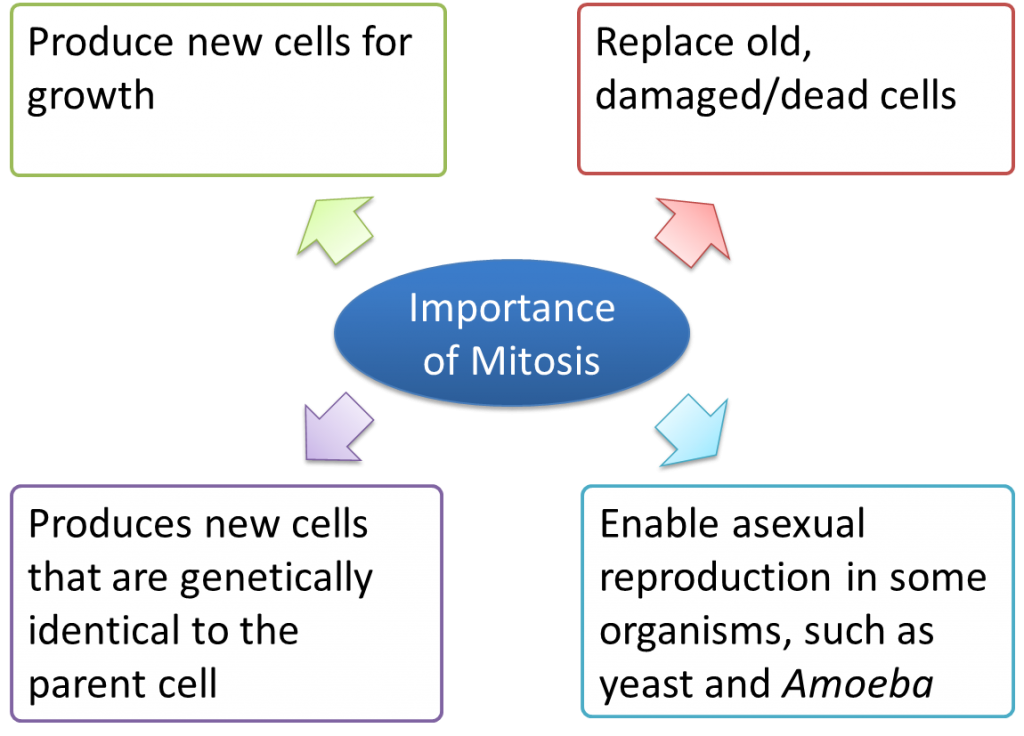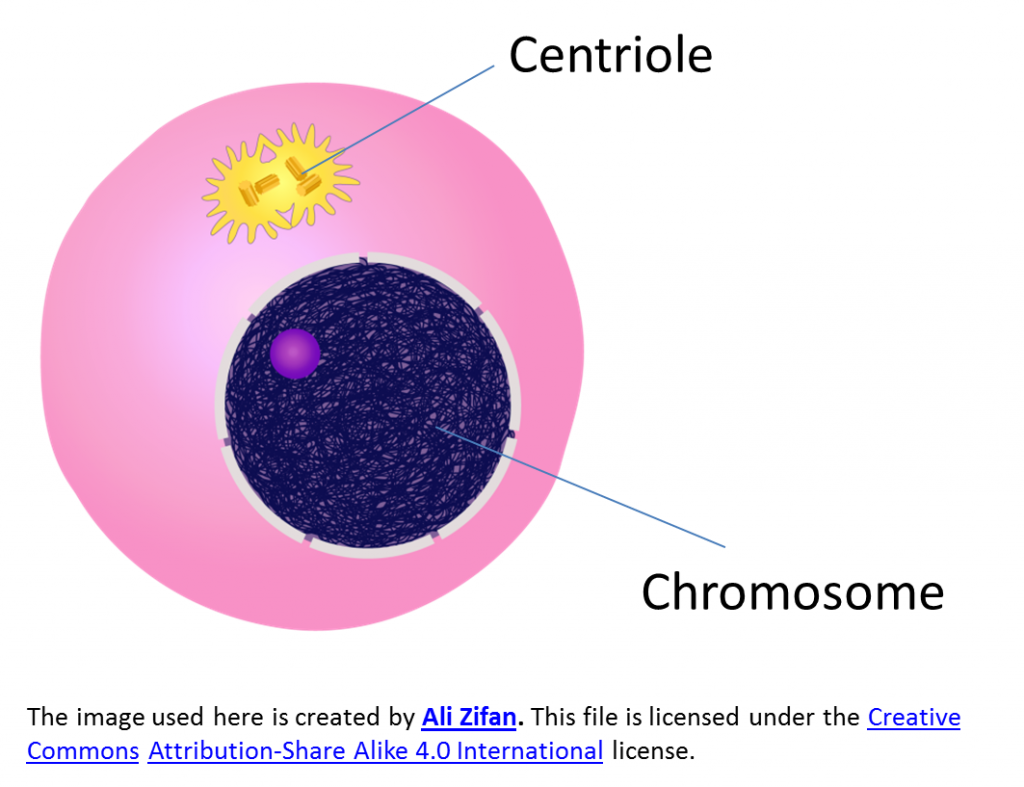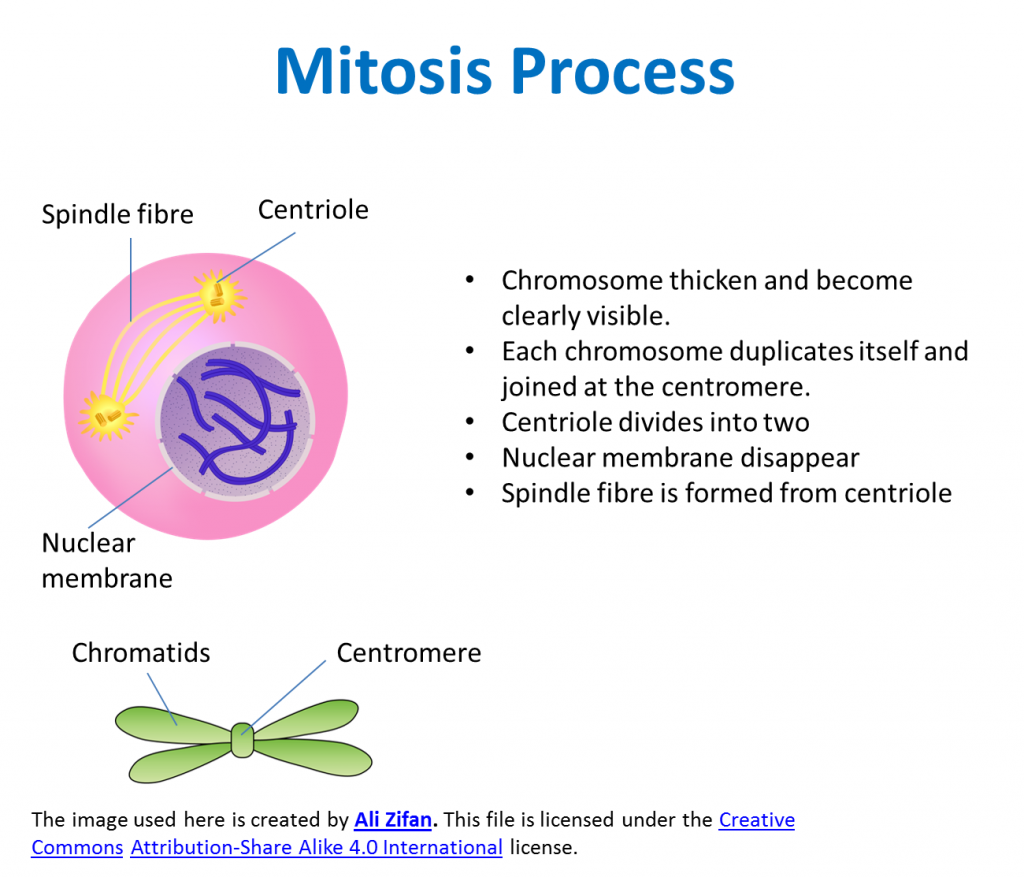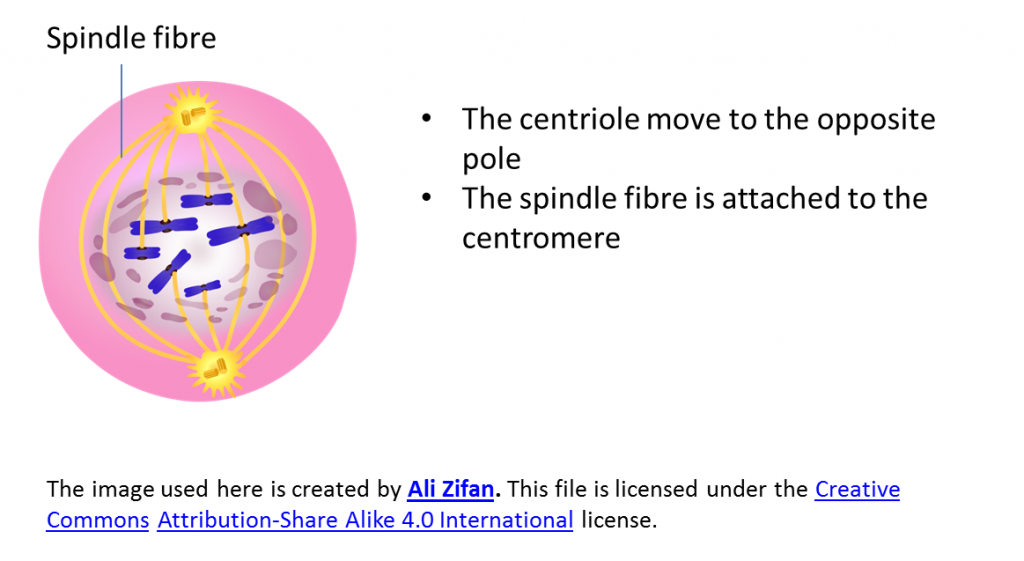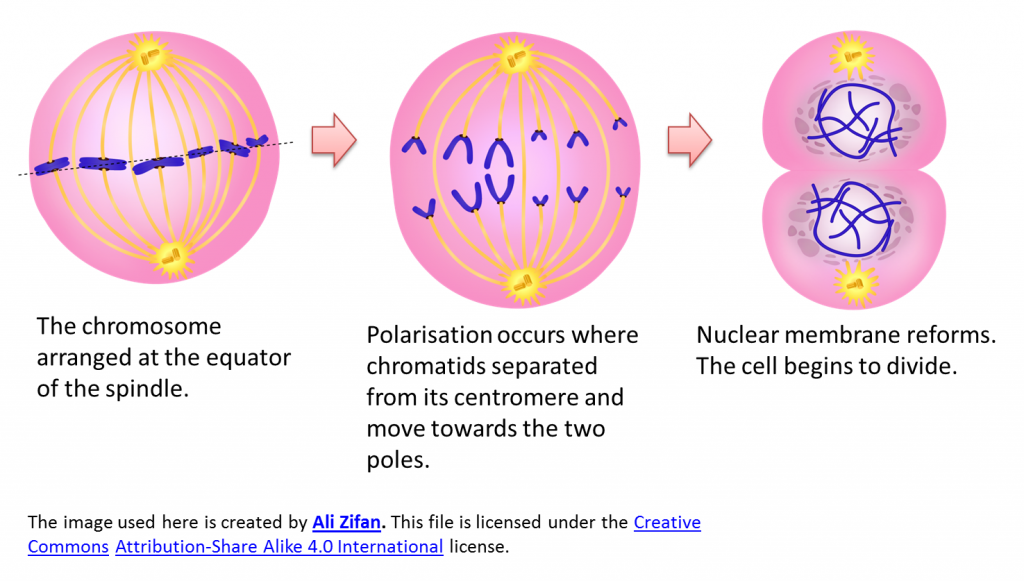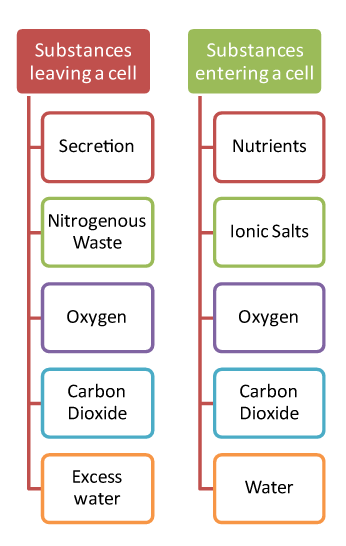What is Hypertonic Solution?
Hypertonic solution is the solution that has lower water potential than the other solution.Water Concentration and Solute Concentration of a Cell in a Hypertonic Solution
- Water concentration: Water concentration inside the cell is higher than outside the cell.
- Solute Concentration: Solute concentration inside the cell is lower than outside the cell.
Effect of Hypertonic Solution on Animal Cell

- If an animal cell such as red blood cell is placed into a hypertonic solution, water molecules is transported out from the red blood cells by osmosis (as shown in the diagram above).
- The red blood cells will shrink due to the lost of water from the cell and probably die.
- The red blood cells are said to undergo crenation .
The Youtube video above shows the effects of hypertonic solution on red blood cells. We can see that the cells finally shrink in hypertonic solution.
Effect of Hypertonic Solution on Plant Cell

- When a plant cell is placed in a hypertonic solution, water molecules is transported out from the cell by osmosis.
- The vacuole and cytoplasm are then shrink due to lost of water.
- The plasma membrane is pulled away from the cell wall..
- The process is called plasmolysed.
Summary:







